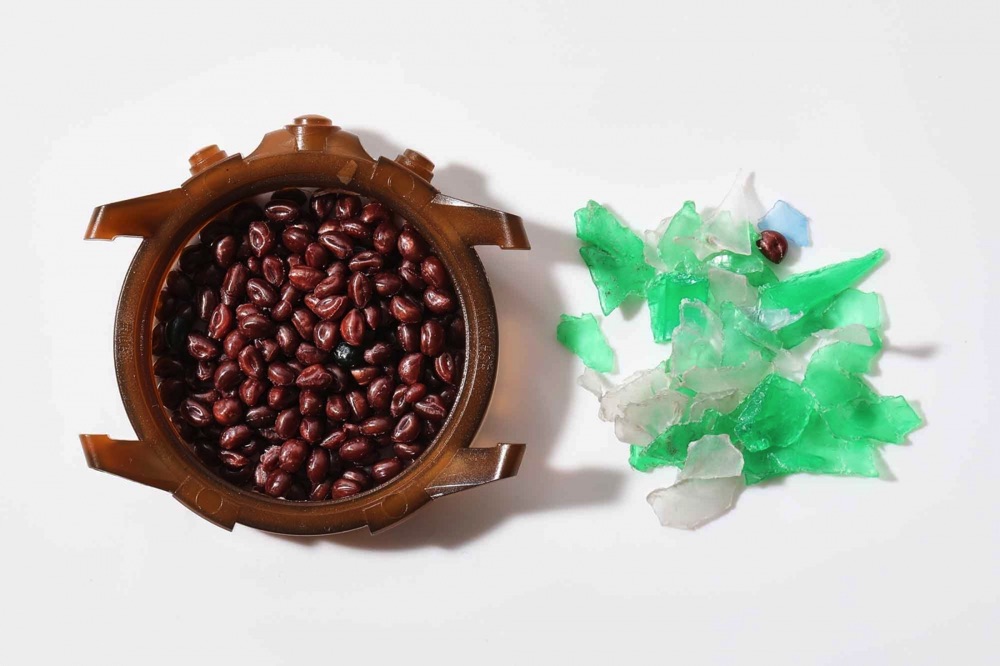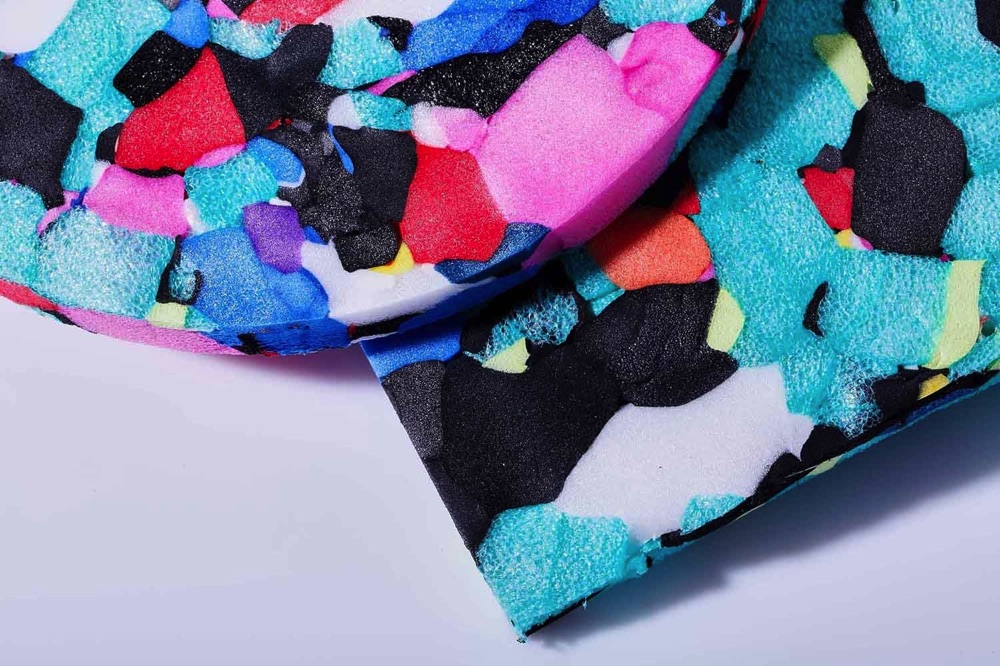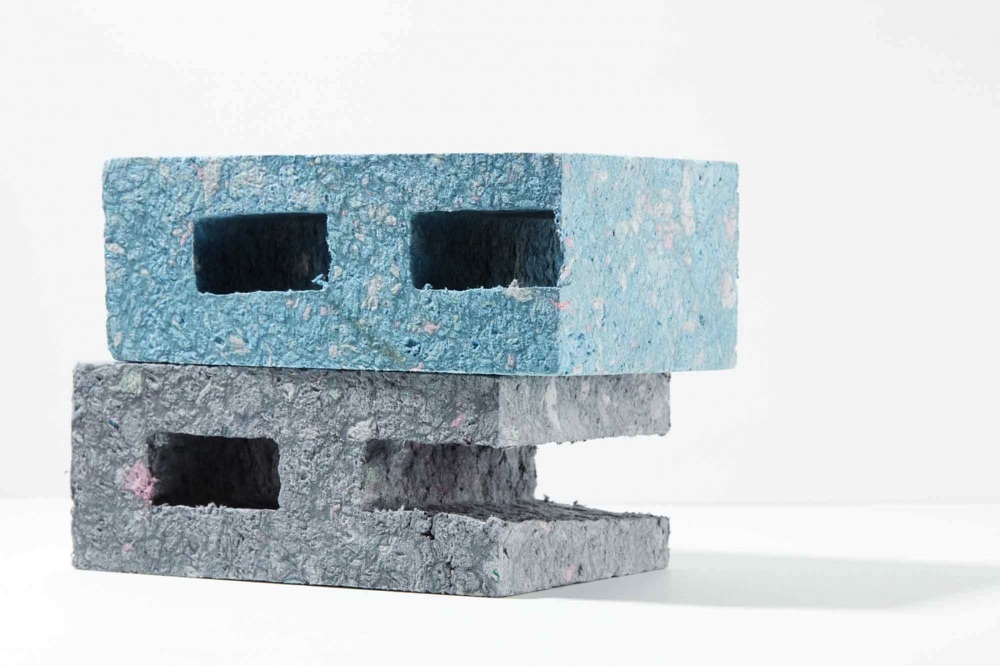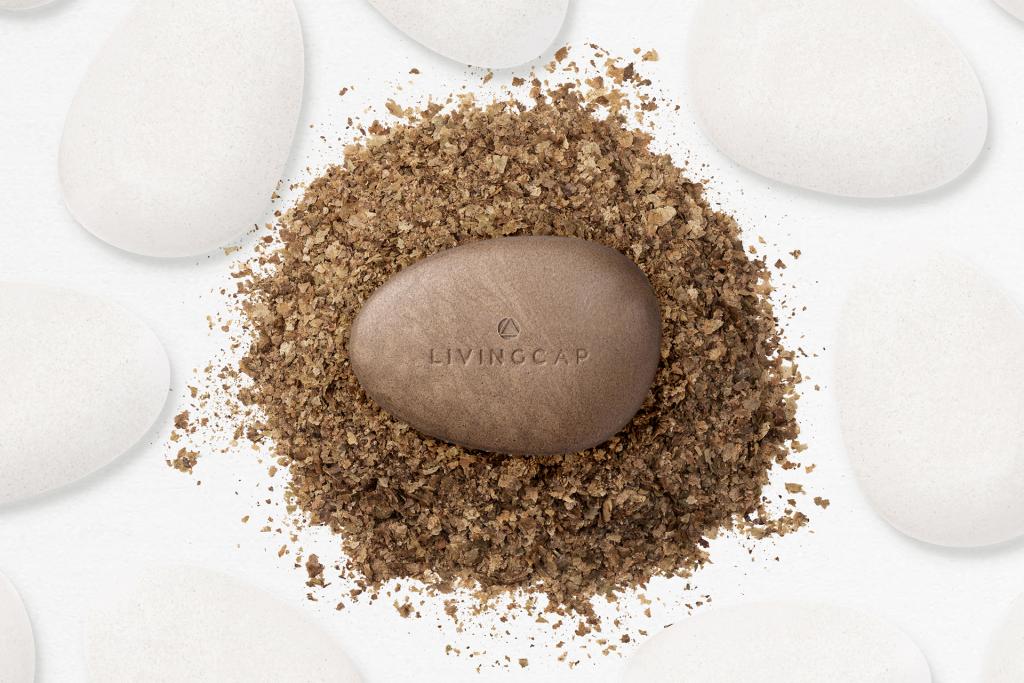Anna Pellizzari, Materially: sustainable materials in interior design
Anna Pellizzari is Executive Director of Materially, a material innovation consulting firm, and Italian partner of Material ConneXion. She has over 25 years of experience in the study of materials, with a particular focus on sustainability issues. She gained experience through short courses at Domus Academy in Milan, Central St Martins in London, FIT – Fashion Institute of Technology in New York, and Cambridge Institute for Sustainability Leadership. Moreover, has collaborated with many companies from different industries. Finally, she also has given lectures and conferences at Politecnico di Milano, Naba, Domus Academy, Elisava Design School, SADI Samsung Art & Design Institute, IED, La Sapienza, ALTIS, 24Ore Business School.
Discover Milano Home 2024

The sustainable materials and products
With Anna Pellizzari, we also delved into sustainability in materials for interior finishings and furniture products. It’s not so evident, in fact, to establish what is a material eco-sustainable, or how much the material affects the sustainability of an industrial product.
Is it possible to define the concept of sustainability in materials in a few words?
“First of all, it’s better to establish what is a material. A material is not a raw material; it is a semi-finished product. Even plastic, which is almost considered a raw material, is actually a semi-finished product; it’s the product of a series of previous processing. It starts from a raw material, oil or something else. In any case, there’s always a material at the origin.
Therefore, when we talk about sustainability concerning materials, we generally point to two different sides. One is the material’s sustainability, treating it as if it were a product, which indeed it is. In this sense, we consider the entire life cycle of the material, from the origin of the raw material to its transportation, to the complete production cycle, to use, and end of life. The Life Cycle Assessment (LCA) would, therefore, be necessary to determine the sustainability of a material.
To further define the sustainability of a product, the next step is to consider the use of the material that composes it. Sustainability also depends on the application: some materials make more or less sense, in terms of sustainability, depending on the product to which they apply. So, ultimately, there are no materials that are sustainable at all. It always depends on how we use them.”
Discover the sustainable materials for interior design at Domotex 2024

Post-industrial recycled foam materials. Courtesy Material ConneXion Inc.
Is plastic sustainable?
Is plastic really such a polluting material, or are there situations where the use of plastic can be “positive”?
“Plastic is a very functional material that solves many situations. The plastic problems often depend on improper disposal of this material, not on the plastic itself. Plastic in packaging is beneficial; for example, it helps preserve food so that it does not spoil quickly, or protects objects from accidental breakage during transportation. At present, we can obtain the degree of protection that plastic offers in packaging, only with plastic. However, research continues and works actively to find other materials. But people should use plastic more wisely, anyway. With the Covid emergency, for example, disposable objects exploded, which is not good for the environment.
However, one of the positives of plastic is that it can be recycled, although not to the massive extent that we commonly think of. In contrast, although we collect plastic separately, the fraction actually recycled is still very small. And it also depends on the type of plastic.
PET and polyethylene, for example, are among the most recycled. Even hard plastics from WEEE, such as ABS, are generally recycled and reused and usually end up making other electronics. However, we should consider that we recycle plastics, like all other materials, only if the process is profitable.
In addition to mechanical recycling, we invest a lot in chemical recycling: the material is de-polymerized and later re-polymerized, resulting in a plastic virtually identical to the starting material.”
The bio-based plastics
So, when we talk about bio-plastics, what exactly do we mean?
“Bioplastic is a somewhat generic term, which we indifferently use to refer to both bio-based plastics and bio-compatible plastics. The bio-compatible plastics are those that can come into contact with human tissues. The bioplastics,as we usually call them, are those with renewable, plant-based content. To explain better, bio-based plastics come from “living” sources, which are born, grow and die. Therefore, it refers only to the raw material of origin, which contains the carbon that composes the plastics. In polymers of fossil origin, the carbon is extracted from the subsoil, while in those of plant origin, the carbon has been absorbed from the atmosphere during the life cycle of the plant, thus with a zero balance, net of the energy used in the production stages. The concept of bio-based should not be confused with biodegradable (not all bio-based plastics are also biodegradable).”
Discover Oslo Design Fair in Norway

Decorative bricks made from recycled paper. Courtesy Material ConneXion Inc.
In the furniture industry, are there more or less sustainable materials?
“Again, this is a question that requires an elaborate answer. A piece of furniture, in fact, among many factors, must also consider durability. In this sense, paper, for example, is not the most sustainable material for furniture, as it has a rather limited durability. Even though paper tends to be a sustainable material, it’s not sustainable for furniture. Durability is one of the parameters of the LCA, so the Life Cycle Assessment of wood furniture may likely be higher than that of paper furniture.
Wood, of course, is one of the most sustainable materials. It’s better if it’s FSC-certified, which ensures that the wood comes from responsibly managed forests. Today, usually, the wood comes from forests that are purposefully grown, replanted, and responsibly managed. In addition to being one of the most controlled and verified resources, we can easily process wood, and the processing doesn’t involve energy-intensive processes. For all these reasons, furniture uses significant quantities of timber.”
Discover the sustainable materials for interior design at Domotex 2024

Composite material based on agricultural waste on polymer matrix
Sustainable materiale in interior design: marble, stone or ceramic?
“Let’s start with the most apparent consideration: weight. These materials weigh a lot in all three cases, affecting transportation’s energy impact. However, we cut the marble, while we cook the ceramic, so for what concerns processing, marble impacts the environment less. Both are very durable, so for durability, they are equivalent. However, marbles and stones come from quarries, which sooner or later run out. Ceramics, on the other hand, uses more abundant raw materials – clay, sand, aggregates – so it doesn’t weigh as heavily as quarrying. Therefore, we should use marble sparingly.
Discover the Interior Design Show IDS in Toronto
Here, I feel like adding something important. At this point, we must consider that recycling is the future now. Materials from the Earth, such as metals, stones, and marble, will run out. So, we’ll need to invest more and more in giving materials a second life. For example, the pandemic and subsequent boom in consumer electronics are causing a severe shortage of minerals for electronics or hybrid car batteries. Rare-earth elements, in particular, are in short supply, both because of the electronics boom and because the mines are often in complicated geopolitical contexts. So it’s shaping up a situation where we’ll need to look for new resources to continue producing electronic devices. Yet there are plenty of electronics products lying around, often in our drawers, from which we could get materials for reuse. Consumer electronics today should work much more on recycling, and perhaps even design. We see people who replace cell phones every year, or at most every two, because the smartphones can’t keep up with software updates. We should start designing upgradable phones with easily replaceable components like FairPhone. Or work like Swappie or other companies on remanufacturing, to waste less valuable materials.
All in all, we have done much, but there is much to do. Let’s say that this process of collective rethinking involves all of us, and we are all called to consume responsibly.”
Discover the January Furniture Show in Birmingham



Leave a Reply
Want to join the discussion?Feel free to contribute!